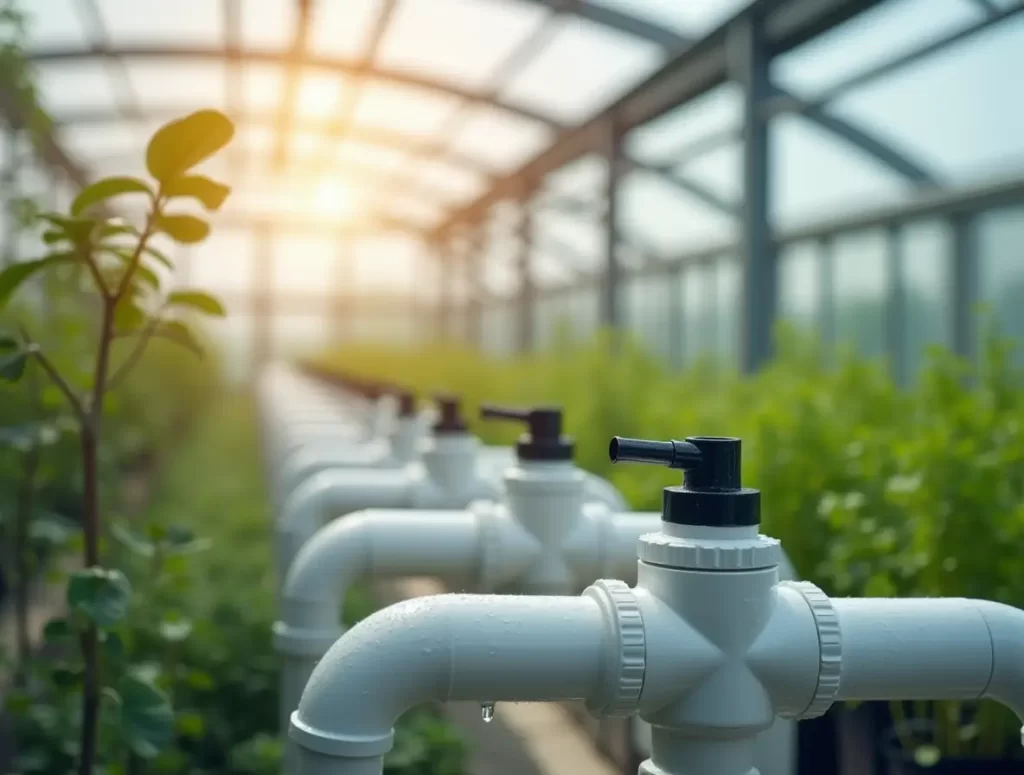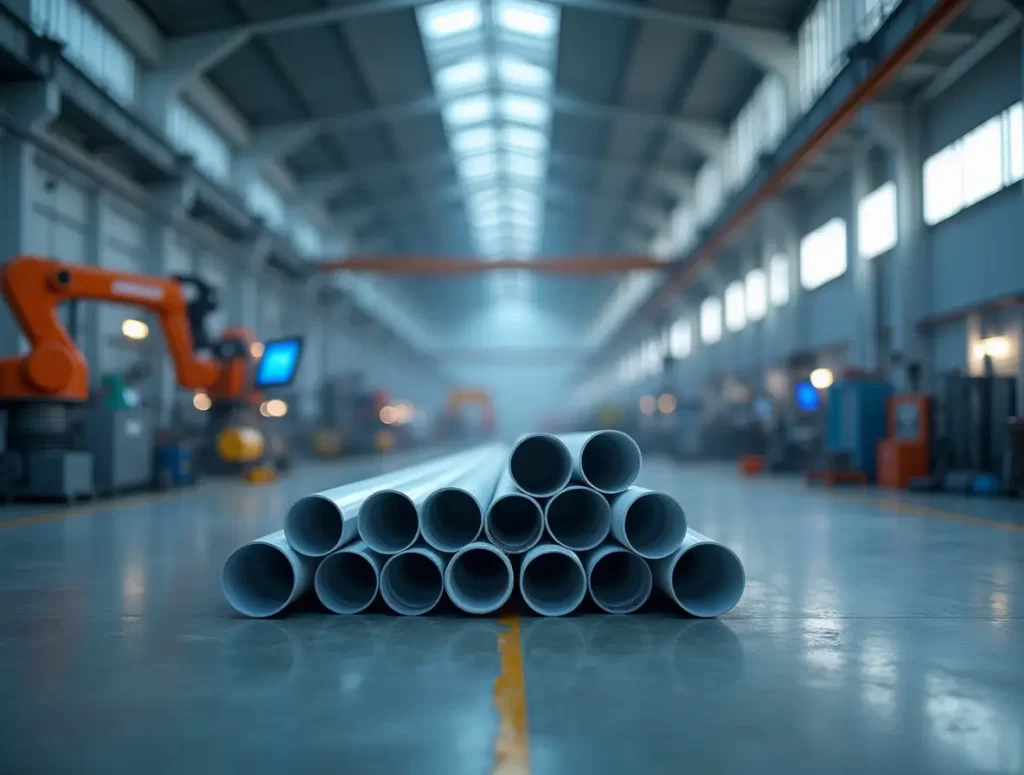How to Install Service Saddles and Extend Pipe Lifespan by 12 Years
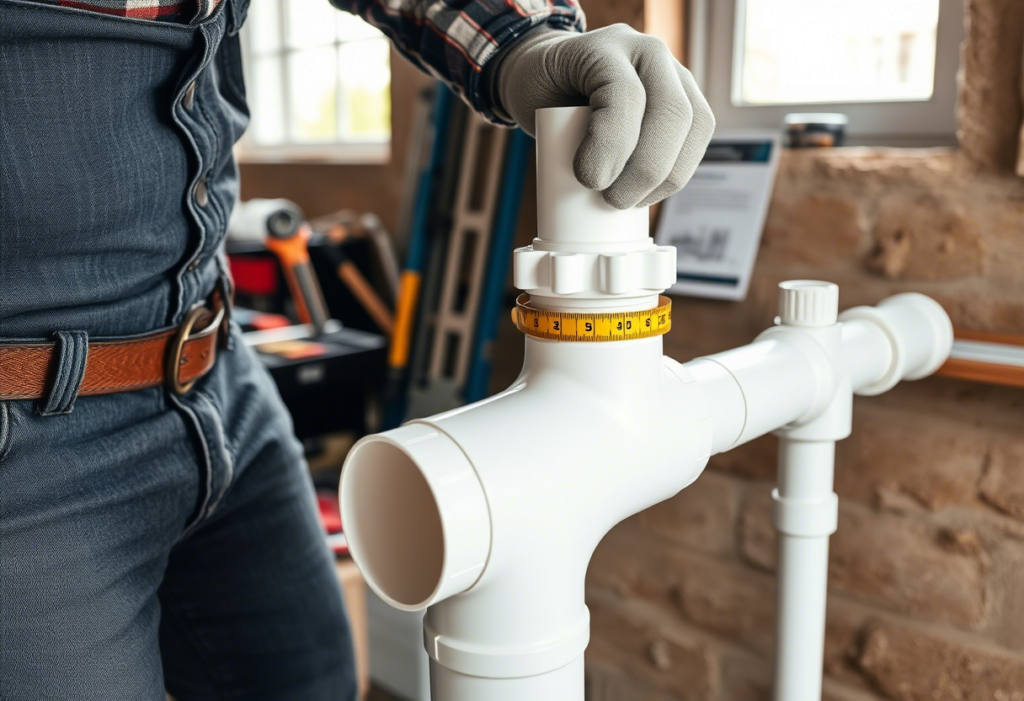
Understanding the Basics of Saddle Pipe Fitting
A service saddle serves as a critical component in the plumbing sector, ensuring efficient water distribution through pipes. Understanding its function is essential for projects that require precise connections in plumbing networks or agricultural irrigation systems. As outlined in a service saddle installation guide, these fittings provide a reliable solution for tapping into existing pipelines without cutting or compromising the system’s integrity.
PVC service saddles play a vital role in network maintenance, especially within UPVC and CPVC plumbing systems, by delivering a firm grip essential to avoid leaks. High-quality saddles ensure longevity, addressing the importance of quality fittings in a plumbing system. Mastering this fitting process is key to safe and efficient solutions for water systems and SWR drainage systems stability.
Choosing the Right Tools and Materials for the Job
Selecting proper tools and materials is critical for ensuring the effectiveness and longevity of plumbing systems. For service saddle installation, using a reliable service saddle installation guide helps achieve precision. Materials like PVC service saddles are particularly suited for robust network maintenance due to their durability. Quality fittings, such as UPVC and CPVC pipe connectors, play a vital role in efficient plumbing systems. Tools for securely installing UPVC pipe fittings should comply with guidelines outlined in “How to Install UPVC Pipe Fittings: A Step-by-Step Guide.” For agricultural irrigation systems, understanding pipe types ensures compatibility. Durable SWR drainage components further enhance system efficiency.
Precise Measurement Techniques for Accurate Fittings
Accurate measurements are critical when working with service saddles and plumbing components like PVC and uPVC pipes. They ensure proper alignment, enhance durability, and prevent system failures. Measuring pipe diameters precisely is the foundation of successful service saddle installation. Professionals recommend a flexible tape measure or calipers to determine both internal and external dimensions.
When following a service saddle installation guide, marking the pipe’s position ensures the saddle aligns with the designated drilling spot. The ultimate guide to uPVC pipes highlights that incorrect measurements can compromise water systems, especially in agricultural irrigation pipes or SWR drainage systems. Always adhere to quality fitting standards for longevity.
Preparing the Pipe Surface for Optimal Installation
Proper surface preparation is crucial for effective service saddle installation and the extended lifespan of plumbing systems. This step ensures tight seals, reduced leaks, and optimal functionality, especially in networks using PVC service saddles or agricultural irrigation pipes.
- Thorough Cleaning: Dirt, grease, and debris must be removed from the pipe surface to enhance the adherence of fittings. Use a clean cloth, water, or a mild detergent for stubborn residues.
- Surface Inspection: Examine the pipe for cracks, scratches, or irregularities. Damaged areas can compromise the fit of service saddles in efficient plumbing systems.
- Marking the Saddle Location: Based on “how to install UPVC pipe fittings—a step-by-step guide,” precise saddle positioning prevents operational inefficiencies.
Proper preparation directly contributes to the durability of UPVC and CPVC systems.
Mastering the Proper Cutting Techniques
Accurate cutting of pipes is critical for ensuring a reliable service saddle installation. The service saddle installation guide emphasizes using specialized tools designed for the material being cut, such as a fine-toothed saw or pipe cutter for uPVC and CPVC pipes. Clean, straight cuts are essential for optimal fitting and sealing. When working with pipes in agricultural irrigation systems or SWR drainage systems, burrs or rough edges must be removed to prevent leaks and ensure a proper fit.
Understanding the importance of quality fittings in a plumbing system entails precision at this stage. Consistent cutting techniques enhance both the lifespan of your UPVC pipe fittings and the overall system efficiency.
Ensuring Secure and Leak-Free Saddle Connections
Proper service saddle installation ensures reliable and leak-free connections critical to the integrity of plumbing systems. During installation, selecting the appropriate saddle type—such as PVC or UPVC service saddles—is essential to match the pipe material. Referencing a service saddle installation guide, installers can verify torque specifications and ensure proper alignment. Secure sealing helps prevent water loss in agricultural irrigation pipes and guarantees efficient flow in plumbing networks.
Regular inspection is vital to detect wear over time, especially in SWR drainage systems. Quality saddles and precision installation play a key role in network maintenance while extending pipe lifespans.
Step-by-Step Guide to Positioning and Assembly
To ensure proper installation of a service saddle and extend the lifespan of plumbing systems like UPVC and CPVC pipes, it is critical to follow a systematic process. Service saddles play a vital role in efficient plumbing systems, agricultural irrigation networks, and SWR drainage systems, making their correct placement essential.
- Prepare the Pipe Surface Clean the targeted pipe surface, ensuring it is free of dust, moisture, and debris. Proper preparation is crucial to securing the service saddle and avoiding leaks.
- Mark the Position Use a marker to indicate exact spots for drilling based on pipeline specifications. Precision in this step ensures safe and efficient connections.
- Drill the Pipe Using an appropriate-sized drill bit, carefully create an opening at the marked point. Avoid excessive pressure to prevent cracking, especially in UPVC pipes.
- Attach the Service Saddle Position the saddle over the drilled opening. Make sure the seal or gasket is aligned correctly to provide a watertight fit.
- Secure Fasteners Tighten bolts or clamps evenly to hold the saddle firmly in place. Avoid over-tightening, which can lead to damage or deformation.
- Test for Leaks Conduct a pressure test to inspect for leaks, ensuring the joint and pipe system maintain structural integrity. Reinforce as needed.
Proper adherence to this service saddle installation guide ensures safer plumbing systems, longer-lasting UPVC fittings, and efficient water distribution for agricultural and commercial uses. Following these precise steps is crucial for upholding quality standards in network maintenance practices.
Inspection and Testing for a Perfect Fit
Service saddle installation demands a thorough approach to ensure compatibility with various pipe materials, such as PVC or UPVC. Each service saddle must be inspected for manufacturing defects and tested for strength to confirm its integrity under water pressure. Adhering to a detailed service saddle installation guide minimizes errors, improving the lifespan of setups like PVC service saddles in network maintenance. Technicians are required to evaluate pipe surfaces for debris or irregularities before attachment. Pressure testing should follow installation to guarantee leak-free operation. This step is vital in the implementation of efficient plumbing systems and supports the durability of UPVC and CPVC pipes.
Common Mistakes to Avoid During Installation
When installing a service saddle, neglecting to follow a detailed service saddle installation guide can lead to significant issues. One frequent mistake is failing to clean the pipe surface thoroughly before placement, resulting in leaks. Over-tightening the saddle bolts is another common error, as excessive force can crack PVC service saddles or weaken UPVC pipes. Using incompatible fittings, particularly with CPVC or SWR drainage systems, compromises the system’s integrity and lifespan. Additionally, disregarding the importance of quality fittings in a plumbing system can lead to future failures. Lastly, improper alignment in agricultural irrigation pipes reduces flow efficiency, hindering network maintenance.
Maintenance Tips to Prolong the Lifespan of Saddle Pipe Fits
To ensure the durability of saddle pipe fittings and reinforce the efficiency of plumbing systems, regular maintenance is imperative. Service saddle installation must be checked periodically for leaks, cracks, or loose fasteners. Cleaning the connections is crucial to prevent sediment buildup, especially in PVC service saddles and agricultural irrigation pipes.
For UPVC and CPVC systems, inspect gaskets and seals to avoid wear and tear. Properly tightening bolts and ensuring alignment prevents structural stress. Avoid using abrasive cleaning agents, as these may damage sensitive fittings. Finally, maintain records of inspections, adhering to a recommended network maintenance guide, to address issues promptly.
Expert Advice on Handling Advanced Installation Challenges
Professionals encountering complex scenarios in service saddle installation can benefit from understanding key strategies. Ensuring compatibility of the PVC service saddles with the existing infrastructure is vital, especially in aging or diverse plumbing systems. For irregular surfaces, a precise fit is achieved by choosing saddles with adaptable contours.
When referring to “how to install UPVC pipe fittings: a step-by-step guide,” exact measurements and secure bolting prevent leakage. Agricultural systems require extra care, as highlighted in “understanding agricultural irrigation pipes: types, benefits, and maintenance,” due to high-pressure water zones. Additionally, adhering to guidelines in “the ultimate guide to SWR drainage systems“ ensures effective wastewater management.
Selecting quality fittings, as emphasized in “the importance of quality fittings in a plumbing system,” directly impacts durability.
Environmental Considerations and Safety Practices
Installing a service saddle requires adherence to environmental and safety protocols to ensure longevity and reliability. Proper handling of materials such as PVC service saddles reduces plastic waste and protects the surrounding ecosystem, aligning with responsible network maintenance practices. Workers must follow guidelines like wearing protective gear and using safe tools, as outlined in any reputable service saddle installation guide.
Environmental factors such as soil composition, temperature, and moisture levels should be assessed before installation to prevent unnecessary strain on the plumbing system. Additionally, choosing quality fittings for agricultural irrigation pipes or UPVC and CPVC plumbing systems prevents leaks and contamination, promoting sustainable water management.
Stay on the forefront of industry trends by checking out our latest content
Stay ahead with our latest content, designed to keep you informed on the newest industry trends and insights. Discover valuable updates that help you lead in your field.
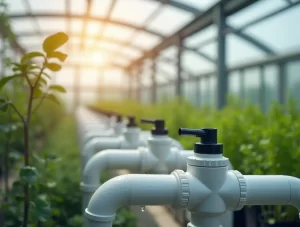
Everything You Need to Know About PVC Pipe Fittings for Home and Commercial Use
When it comes to modern plumbing solutions, PVC pipe fittings have become a household name. Whether you’re a homeowner upgrading your kitchen or a contractor managing a large commercial project,

CPVC Pipes Manufacturers: Transforming India’s Piping Infrastructure with Innovation, Hygiene, and Durability
Introduction The plumbing world is undergoing a silent revolution—and at the center of this transformation are CPVC pipes manufacturers. In India, where urban expansion is booming and industrial development is
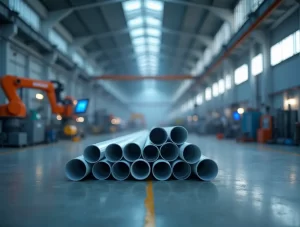
Why UPVC Pipes Manufacturers Are Revolutionizing Plumbing in India
Introduction Walk through any modern construction site in India today—whether it’s a gleaming skyscraper in Mumbai, a state-of-the-art hospital in Delhi, or an eco-conscious housing colony in Coimbatore—and one thing
Request a Free Consultation
Get personalized plumbing solutions with a free consultation from Fitwell.

